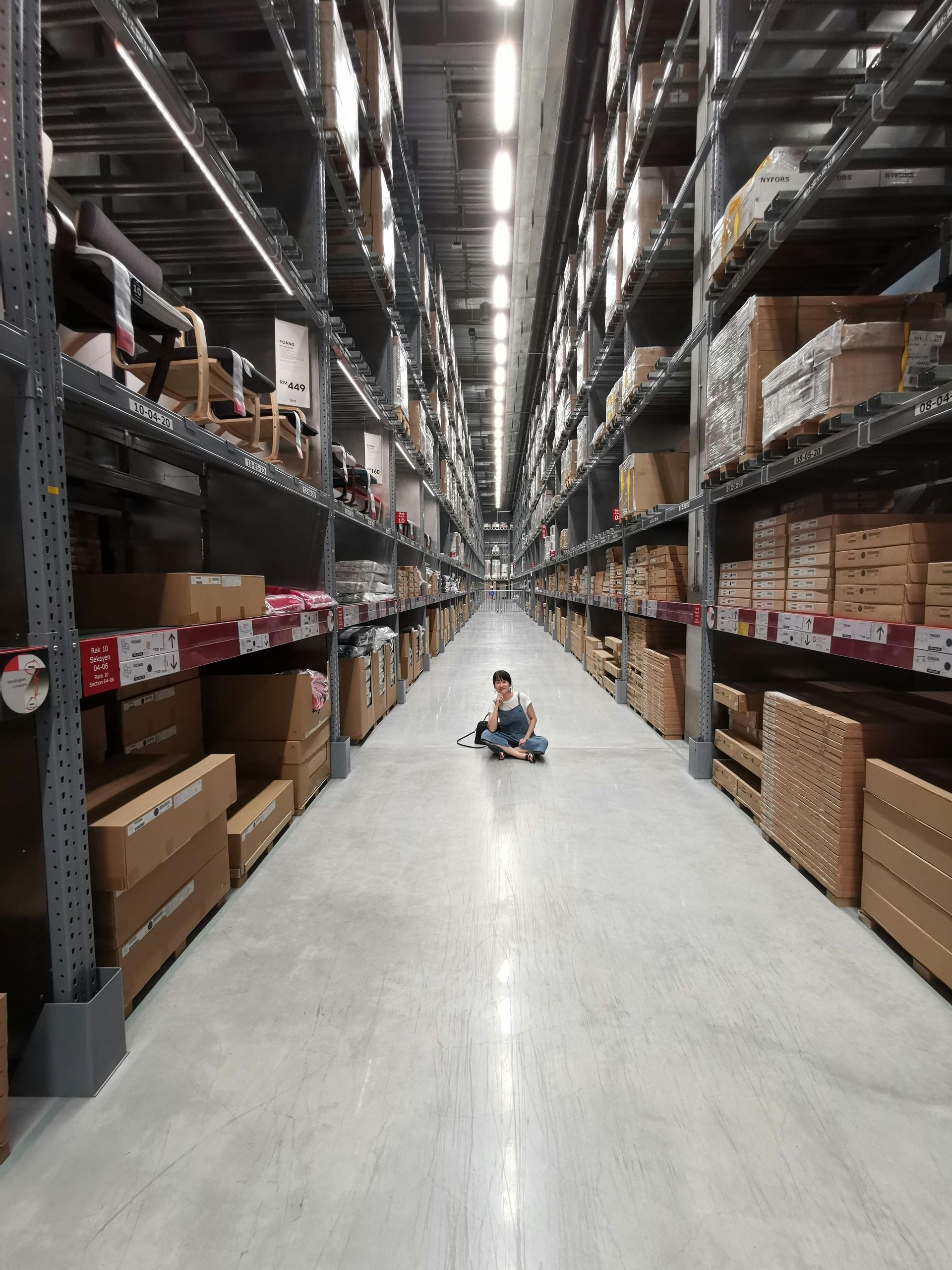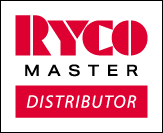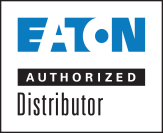How Extreme Temperatures Affect Hydraulic Hoses
Hydraulic hoses can be sensitive to environmental conditions, especially in extreme temperatures and seasonal changes. Among the most influential factors on their performance and lifespan is temperature. If you want to ensure the long-term efficiency and safety of your hydraulic systems, it is essential to understand how temperature affects the hose and its contents. Here are some things to consider and their solutions.
Temperatures Cause Material Expansion and Contraction
All materials expand or contract as their temperatures change, and the type of material affects how well the hose can endure these changes. If a hose is exposed to temperatures beyond its design specifications, it can lead to a large range of problems, including:
- Fluid pressure issues
- Broken seals
- Burst hoses
- Leaks
- System failures
To avoid this issue, make sure the
hydraulic hoses in your system are made to withstand the high and low-temperature ranges they will be subjected to by both the fluid and the environment. The hose manufacturer or your inventory supplier should be able to help you evaluate the hose and any recommended replacements.
Decreased Flexibility in Winter Temperatures
In extremely cold conditions, hydraulic hoses can permanently become less flexible and brittle as they freeze and rewarm. This loss of flexibility can make the hose more susceptible to cracking or breaking, broken seals, and compromised attachments.
To minimize these issues, you can:
- Use protective sleeves
- Keep weather-appropriate barriers between the hoses and the environment
- Store extra hoses in climate-controlled areas away from the sun and weather elements
- Install and maintain hydraulic hoses based on the manufacturer’s recommendations.
Fluid Viscosity Changes With Extreme Temperatures
Hydraulic fluid relies on a specific viscosity to function effectively. Extreme temperatures can thin or thicken the hydraulic fluid beyond its intended viscosity. This can decrease the efficiency of the hydraulic system, strain the hoses and seals, reduce lubrication of critical parts, and risk damage to the entire system.
When extreme temperatures hit, you may need to use additives to keep the fluids at their ideal viscosity. Also, try to avoid areas that are exposed to extreme heat or cold when routing the hoses.
To ensure the longevity and efficiency of your hydraulic systems, it's essential to be aware of the effects of temperatures on hydraulic hoses. Selecting the right hose for the expected temperature range, conducting regular inspections, and implementing proper maintenance practices can mitigate potential issues. If in doubt, check with the manufacturer or your supplier for the best recommendations.
Let Action Supply Manage Your Hydraulic Hose Inventory
Action Supply is committed to taking the stress of having the right part when you need it off your shoulders. Our inventory management service experts make sure the parts are always stocked, organized, and easily accessible when you need them. Contact us today to find out how we can tailor your inventory management system, so you can focus on other aspects of your business.





